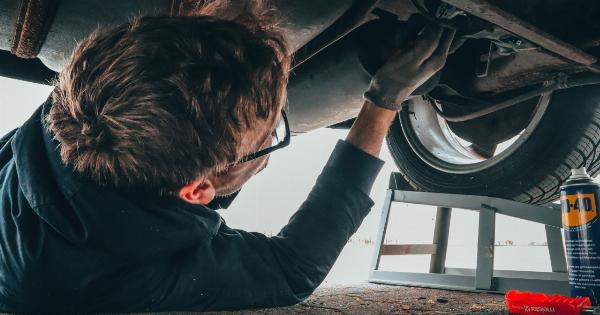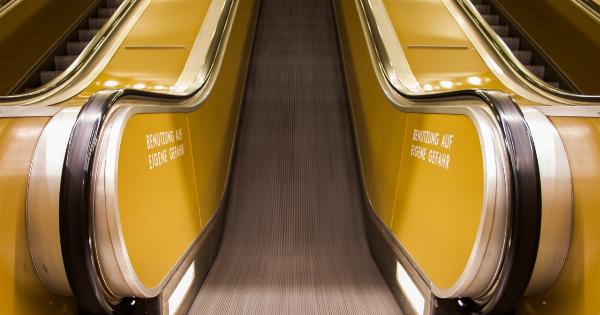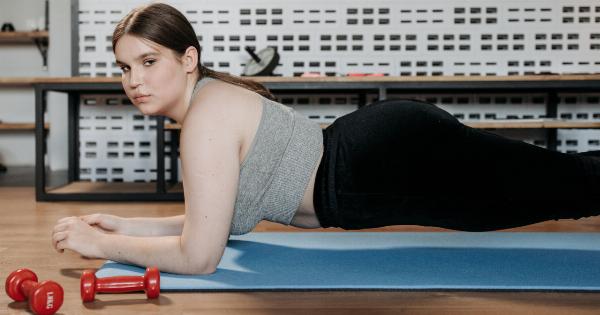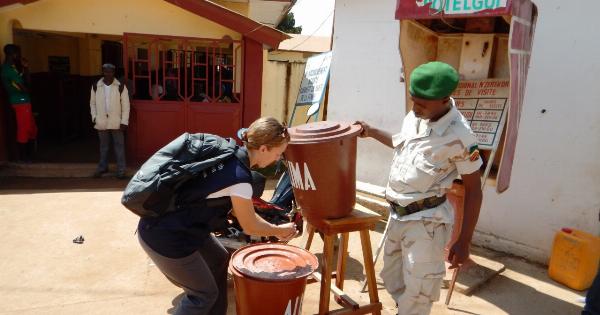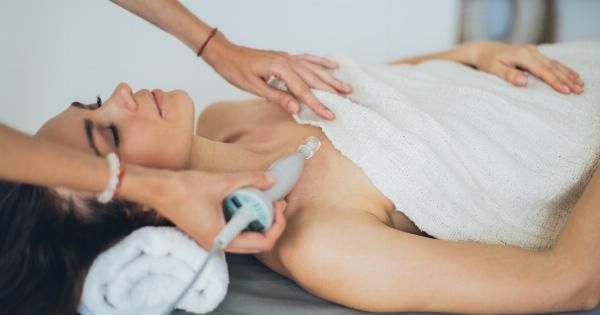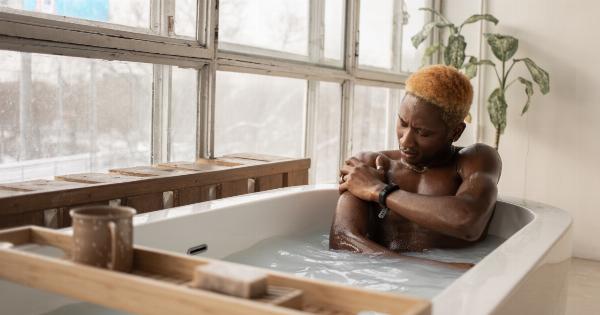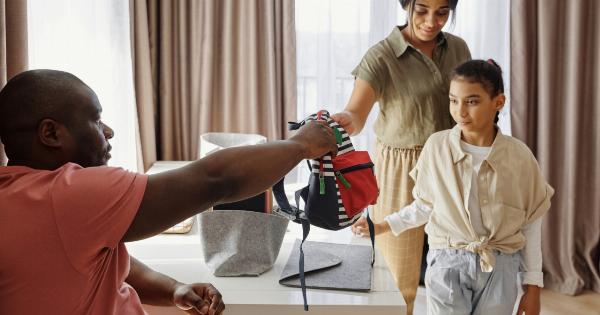Undergoing a rhinoplasty procedure can be a life-changing experience for many individuals. It offers the opportunity to reshape and enhance the appearance of the nose, bringing balance and harmony to facial features.
However, there are cases where a rhinoplasty may not yield the desired results, leading to a flawed outcome. In such situations, it becomes necessary to explore corrective measures to rectify the flaws and restore confidence.
This article aims to discuss the process of correcting a flawed rhinoplasty, the available options, and what individuals can expect from revision surgery.
The Importance of Choosing a Skilled Surgeon
One of the critical factors in avoiding a flawed rhinoplasty is selecting a skilled and experienced surgeon.
An experienced surgeon with a stellar track record is more likely to perform a precise and meticulous procedure, minimizing the chances of complications or undesirable outcomes. However, if a flawed rhinoplasty has already taken place, it is essential to seek out revision surgery from a surgeon specialized in rhinoplasty revisions.
Revision rhinoplasty requires a high level of expertise and understanding of the intricacies involved in correcting previous surgery.
Evaluating the Flaws
Before embarking on the journey to correct a flawed rhinoplasty, it is crucial to evaluate the flaws present in the nose. Common issues that individuals may encounter as a result of a flawed rhinoplasty include:.
- Asymmetry of the nose
- Excessive tissue removal, leading to a collapsed or pinched appearance
- Unnatural-looking nasal tip
- Visible scarring
- Difficulty breathing
Identifying these issues allows the surgeon to plan and strategize the corrective procedure effectively.
Exploring Correction Options
The options available for correcting a flawed rhinoplasty depend on the specific issues present. The surgeon may recommend one or a combination of the following approaches:.
- Cartilage Grafts: In cases where excessive tissue removal has resulted in a collapsed or pinched appearance, cartilage grafts can be used to rebuild the nasal framework. Cartilage may be harvested from the patient’s own body, such as the septum or ear, or from a donor source.
- Tip Refinement: If the nasal tip appears unnatural or disproportionate, the surgeon can perform a tip refinement procedure. This may involve reshaping and repositioning the existing cartilage or adding grafts to achieve a more aesthetically pleasing result.
- Revision Osteotomies: Osteotomy refers to the surgical breaking of bones. In cases of asymmetry or a crooked nose, revision osteotomies can be performed to realign the bones and improve overall nasal symmetry.
- Scar Revision: For individuals with visible scarring, scar revision techniques can help minimize the appearance of scars and achieve a more discreet outcome. Techniques such as dermabrasion, laser resurfacing, or corticosteroid injections may be employed.
- Septoplasty: In situations where difficulty breathing is a concern, a septoplasty may be performed alongside revision rhinoplasty. Septoplasty corrects a deviated septum, allowing for improved airflow and enhanced nasal function.
The Importance of Realistic Expectations
It is crucial for individuals undergoing revision rhinoplasty to have realistic expectations. Revision surgery is often more complex than primary rhinoplasty and may require multiple procedures.
The healing process can also be longer and more unpredictable. It is essential to communicate openly with the surgeon about desired outcomes and understand the limitations of the procedure.
The Recovery Process
Recovery from revision rhinoplasty is similar to primary rhinoplasty, although it may take slightly longer due to the additional procedures involved. Patients can expect some swelling, bruising, and discomfort in the initial days following surgery.
It is vital to follow the surgeon’s post-operative instructions carefully to ensure proper healing. Activities that may increase the risk of trauma to the nose, such as contact sports, should be avoided until the surgeon gives the green light. It may take several months for the final results of the revision surgery to become apparent.
Choosing the Right Surgeon
When considering revision rhinoplasty, it is crucial to select a surgeon who specializes in this field. Thorough research and consultations should be undertaken to ensure the surgeon has a proven track record of successful revision procedures.
Looking through before and after photos of previous patients and reading reviews can provide valuable insights into the surgeon’s skill and expertise.
Conclusion
While a flawed rhinoplasty can be disheartening, it is important to remember that correction is possible.
By consulting with a skilled and experienced rhinoplasty specialist, evaluating the flaws, exploring the available correction options, and maintaining realistic expectations, individuals can look forward to a successful revision surgery that restores confidence and achieves the desired aesthetic outcomes.

